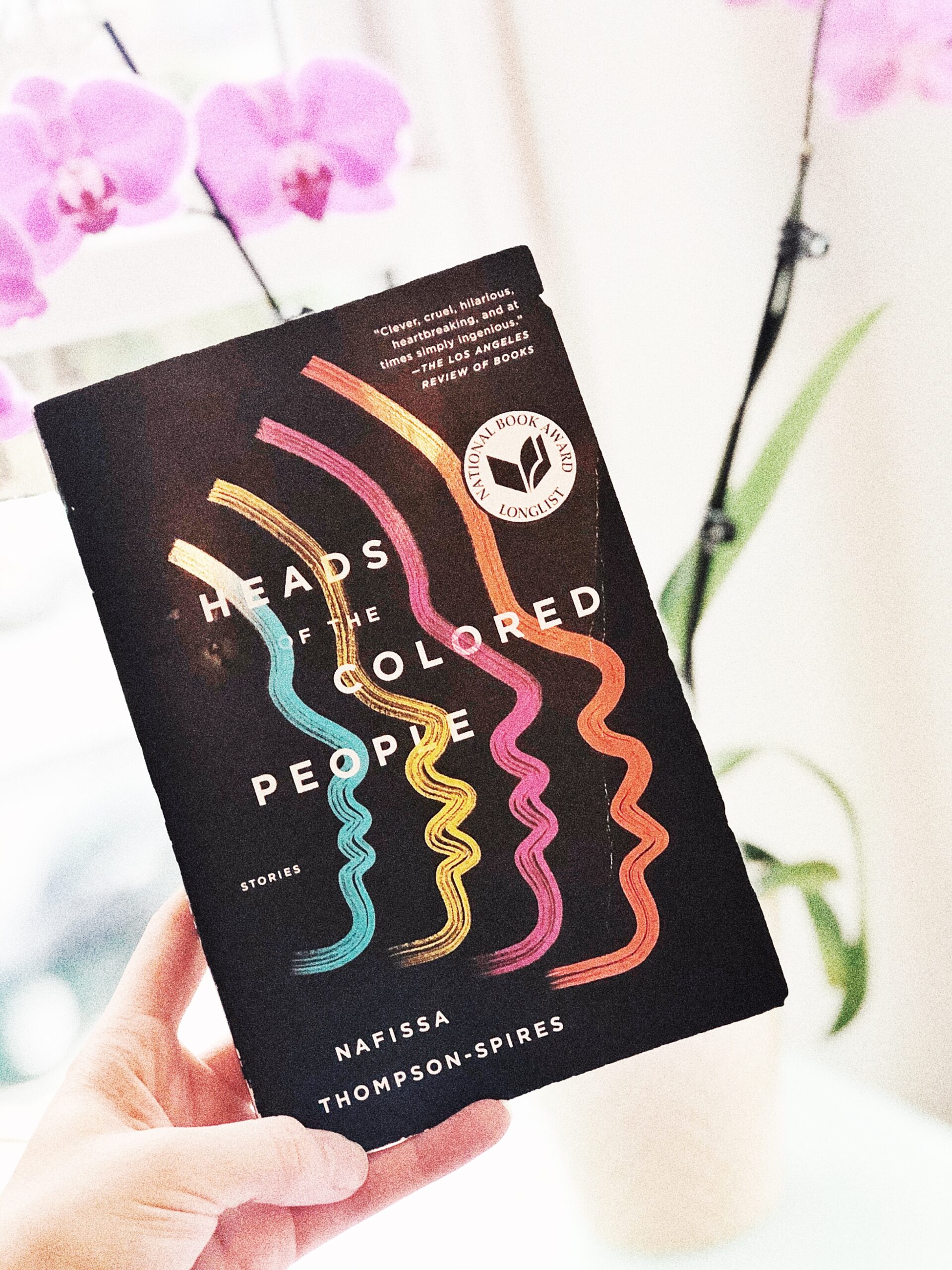Welcome to a new recurring series on my blog called Recent Reads. In this blog series, I will compile various articles, short stories, poems and novels that I have read over the last few months and share them with you. This series will essentially give summaries and reviews of the things that I have read, and I will also be sure to give recommendations on which texts I think are worth reading.
Danzy Senna: New People
New Peopleis a novel about a biracial woman who is in grad-school working on her dissertation, living in Brooklyn, New York, and preparing to get married, when she develops an unusual and unhealthy obsession with a poet. There are some mixed reviews about this novel, as it is very short, the narrative tends to jump all over the place. Additionally, the ending is rather abrupt, and it leaves many questions unanswered. However, I found the story itself very intriguing, as it discusses race and how it functions in post Loving v. Virginiasociety. Being biracial and coming from an interracial family, I could really relate to the racial complexities Senna explores and analyzes in this book. And the surprising psychological changes that occur with the main character’s obsessions are interesting enough to keep anyone reading through to the very end. It’s undoubtedly a page turner, and I would highly recommend reading.
Nafissa Thompson-Spires: Heads of the Colored People
Nafissa Thompson-Spires’s short story collection, Heads of the Colored People, was published back in 2018. These stories follow the lives and varying circumstances of several black individuals. Honestly, this was probably my favorite short story collection that I have ever read. There are twelve stories total, and out of those twelve, there were only two which I didn’t care for. What I liked about this story collection was that not only were all the stories extremely interesting on their own, but the author also manages to tie most of the stories together, and I felt that this strategy illuminated the themes of the collection as well as helped the flow of the narratives feel more cohesive. The collection felt very balanced to me: there were equal parts humor, reflection, and tragedy in each of these stories that it truly encapsulated the many forms and experiences of black individuals. To me, these stories showed how race affects the everyday lives of black individuals, but also how we are more than just these struggles. I would recommend this to anyone who enjoys stories that are not only entertaining, but also thought-provoking.
My Favorite Stories in the Collection:
Belles Letters
The Necessary Changes have been Made
Fatima, the Biloquist: A Transformation Story
Whisper to a Scream
This Todd

Zadie Smith: Embassy of Cambodia
Zadie Smith is quickly becoming one of my favorite authors. I read her novel Swing Timelast year (which easily made my top five favorite books of all time). I also saw her speak at Seattle Arts and Lectures: A Conversation with Zadie Smithand I met her in New York at her book signing event for Grand Union Station: a wonderful short story collection. Since I started reading her last year, I haven’t been able to get enough of her stories, and her writing style has continued to influence my own more and more every day.
In The Embassy of Cambodia, a short story she wrote which was published in The New Yorkerback in 2013, her writing continues to amaze me. In the beginning of this story we are introduced to a strange building on a London street in Willesden, where bat-mitten is always in full swing and a basketball hoop is assembled but ultimately remains unused; this is “The Embassy of Cambodia.” Structurally, the story moves around this building, however the star of the story is undeniably Fatou, a young African girl working as a nanny for a white family on the same street. The relationship between Fatou and the family she works for is the most intriguing part of the story, as it paints a vivid picture of race relations in the UK and describes a kind of modern day slavery, where Fatou receives no pay for her labors, and her passport is even held by the mother of the house, so she is quite literally owned. It’s for these reasons that Fatou’s narration of having to “wonder if [she] was a slave,” forces us to draw parallels to our own society, and the ways in which slavery is still present in our current day reality.
There’s a lot of interesting perspective changes in this story, opening first with an unknown second person perspective and then moving to a third person perspective look at Fatou, and shifting back and forth between the two throughout. Primarily, though, it was Fatou’s character development which kept the story very engaging for the whole time I was reading. If you love Zadie Smith, then you need to read this story.
Here is a link to the story: https://www.newyorker.com/magazine/2013/02/11/the-embassy-of-cambodia
Toni Morrison: Sweetness
Toni Morrison’s Sweetness, which was also published in The New Yorkerback in 2015, is probably one of my favorite short stories of all time. The story is from the perceptive of an elderly woman in a retirement home (so we find out later) talking about her relationship with her daughter. The narrator is a light skinned, black woman, alive since the days of segregation, who gave birth to a very dark skinned child. The narrator is so appalled by her daughter’s skin color that their relationship is strained from the very beginning, so much so that the narrator doesn’t even want to be called “mother,” by her, but instead “Sweetness.” This story speaks very candidly about the issue of colorism and its effect on black families, and I find its relevancy particularly powerful, as we can still see how racism and colorism have negatively impacted the black community today, causing tensions and, in many cases, division.
If you’re interested, you can find the story in this link: https://www.newyorker.com/magazine/2015/02/09/sweetness-2
1